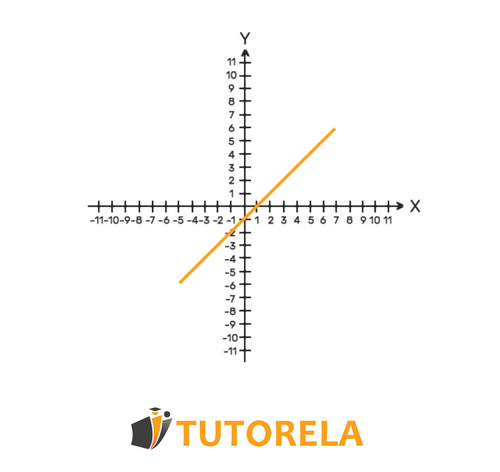Increasing functions
What is an Increasing Function?
An increasing function is a type of relationship where, as you move to the right on the graph (increasing the -value), the -value also gets bigger. It’s like climbing a hill—the higher you go (the more you increase ), the more your height (the -value) increases.
We will say that a function is increasing when, as the value of the independent variable increases, the value of the function increases.
How to Spot an Increasing Function:
- On a Graph: The line or curve goes upwards as you move from left to right.
- In Numbers: For any two xxx-values, if the second number is larger than the first , then the second -value will also be larger than the first .
Real-Life Example:
Think about saving money in a piggy bank. Every day you add more coins, and the total amount of money keeps going up. That’s an increasing function in action—your savings are the -values, and the number of days is the -values.
Fun Fact:
If the line or curve never stops going up, it's called strictly increasing. If it flattens for a bit before going up again, it's just increasing.
let's see an example of strictly increasing linear function:
